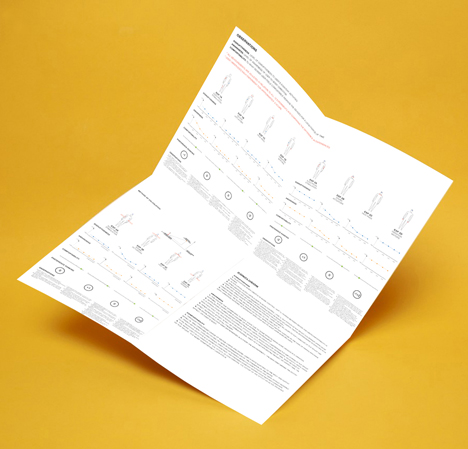Reality Mediators wearable technology by Ling Tan punishes laziness
These wearable devices by designer Ling Tan cause unpleasant sensations when the wearer becomes inactive or stops concentrating (+ movie).
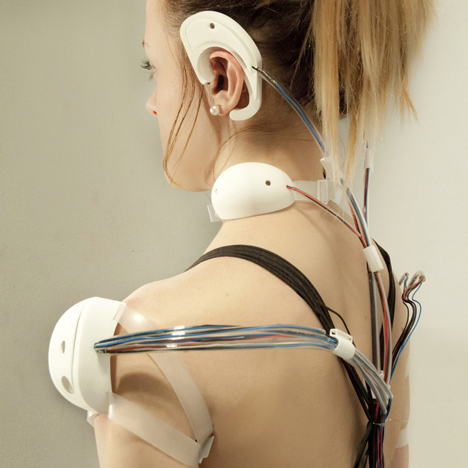
Tan's Reality Mediators project hooks up wearable sensors that detect muscle movements, brainwave activity and GPS location with four different devices that cause discomfort to the body. If the wearer stops moving or has a lull in mental activity for too long they will experience either an electric shock, an unpleasant sound, intense heat or irritating vibration.
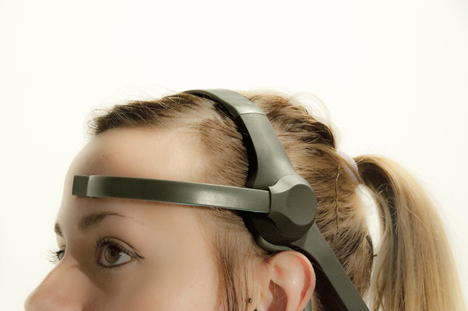
For example, when the brainwave activity sensors and muscle electrical stimulation armband are worn, electric shocks are emitted when brain activity is low but cease when concentration levels increase. "The muscle electrical stimulation armband has the ability to disrupt the user's daily activities such as typing, writing or holding something in their hand," Tan told Dezeen.
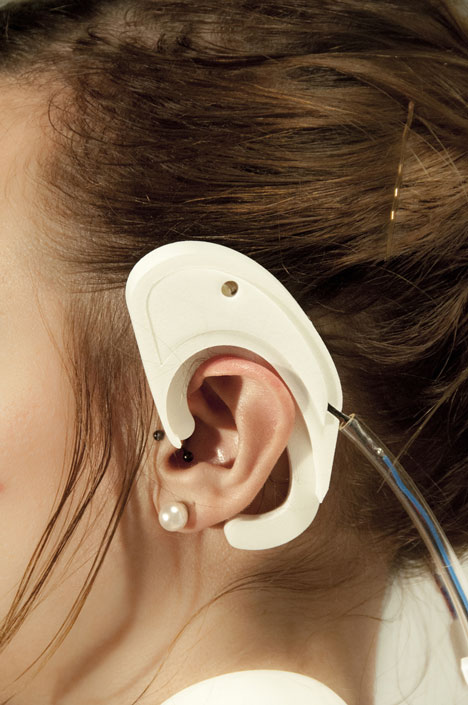
"These devices are connected via Arduino micro-controllers, attached to rechargeable battery," she continued. "The whole setup is designed to be portable and wearable so that the user could wear these devices and move around the city."
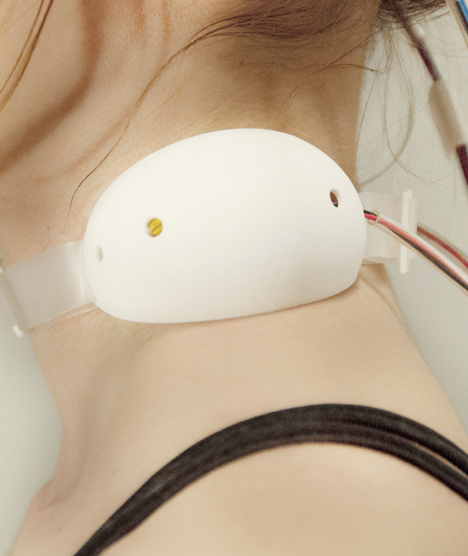
The aim is to make the wearer think about how gadgets for the body like the Nike FuelBand or Google Glass may alter day-to-day activities by changing our perception of the world around us and training us to behave in a certain way.
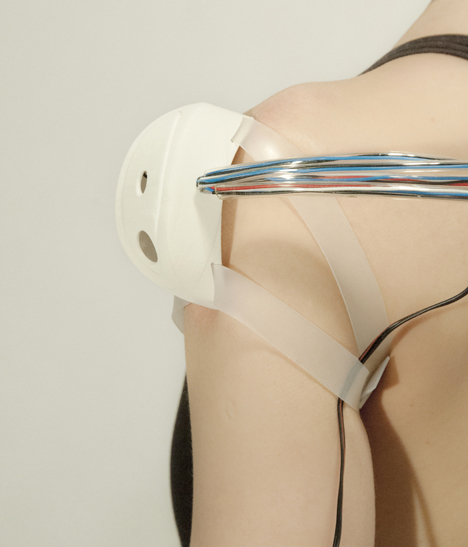
"As coined by [wearable computing researcher and inventor] Steve Mann, 'Mediated Reality' refers to the artificial modification of human perception by way of devices used to deliberately enhance or alter our senses," said Tan. "This project sets off as an experiment to question the effect of Mediated Reality on the user and the user's interaction with the environment."
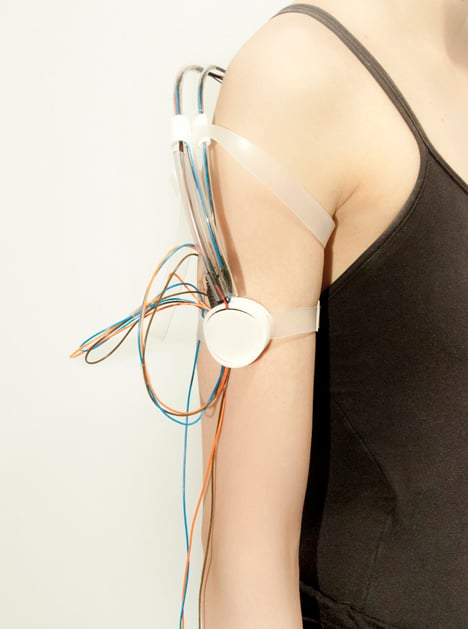
Tan wore configurations of the wearable technology herself to track how the devices affected her daily routine. "The devices were worn on myself for an extended period of time to understand the effect it has on [my] body and how [I] started to navigate and perceive the environment by adapting through the device," she said.
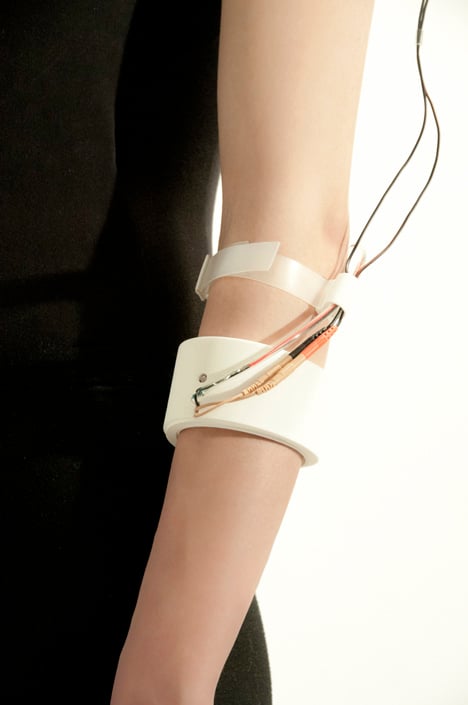
She found that the wearer is forced to alter their routines in order to avoid the sensations caused by the devices. "Through prolonged period of wearing, the user's body will start to adapt to the device," said Tan, "this then questions the issue of who is in control; the user or the device?"
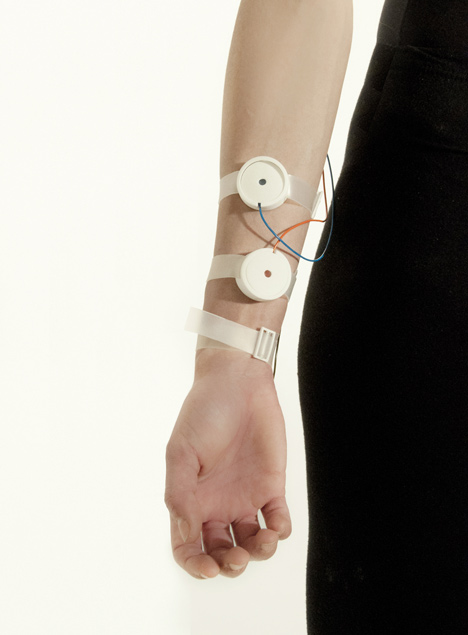
Tan also designed packaging and branding for the devices so they resemble technology products currently available to purchase.
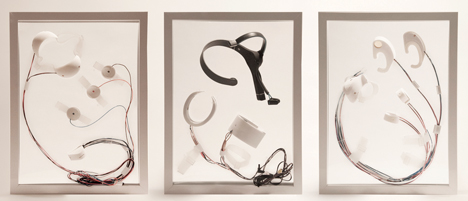
"The design, branding and packaging of the devices are intentionally made to resemble that of consumer-based products, questioning the extent to which consumers can accept such types of invasive technology that seem acceptable on the outlook, but produces disruptive effects on users," the designer explained.
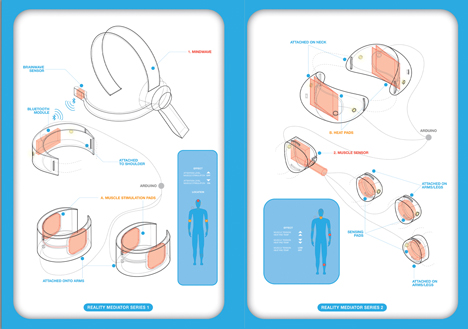
"It is also a critique against commercial wearable devices such as Google Glass that aims to provide consumers with benefit through the use of branding/marketing strategy and pervasive media that breaks down the dichotomy between transparency of information sharing and human privacy," she added.
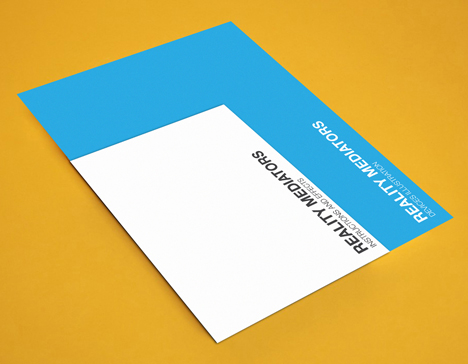
Tan began her research for this project while studying on The Bartlett Graduate Architectural Design programme at UCL in London.
